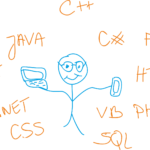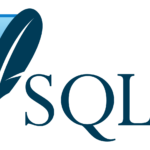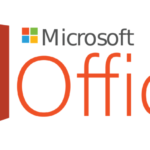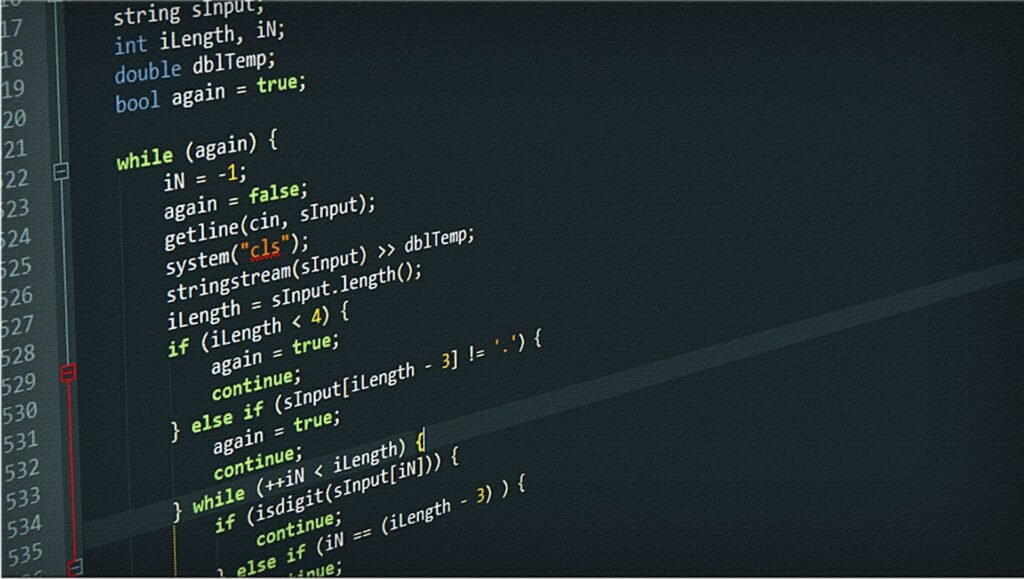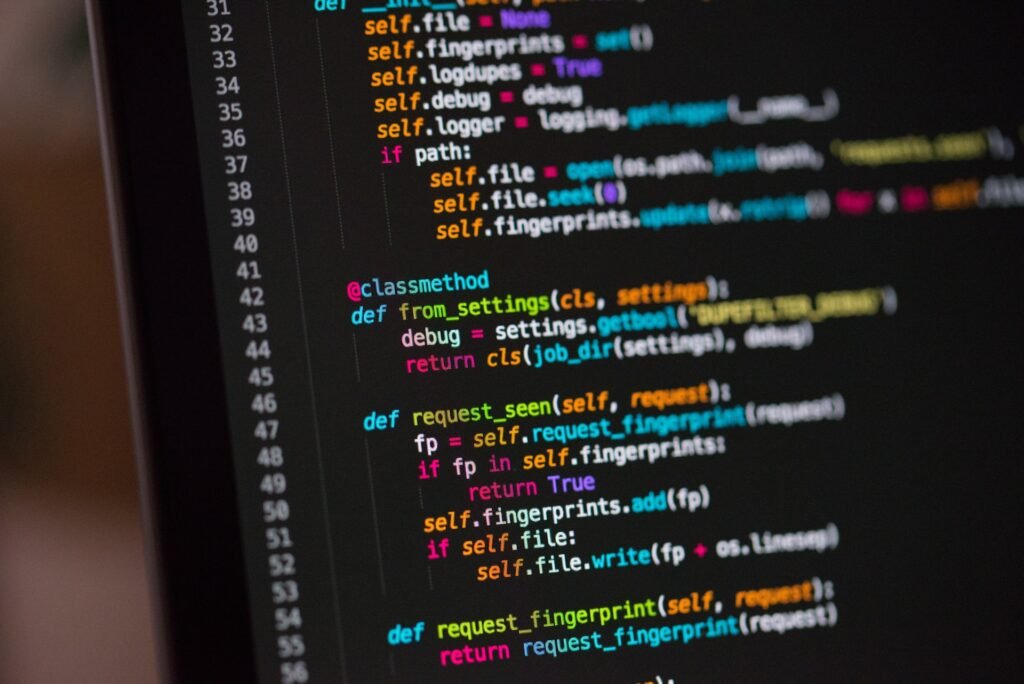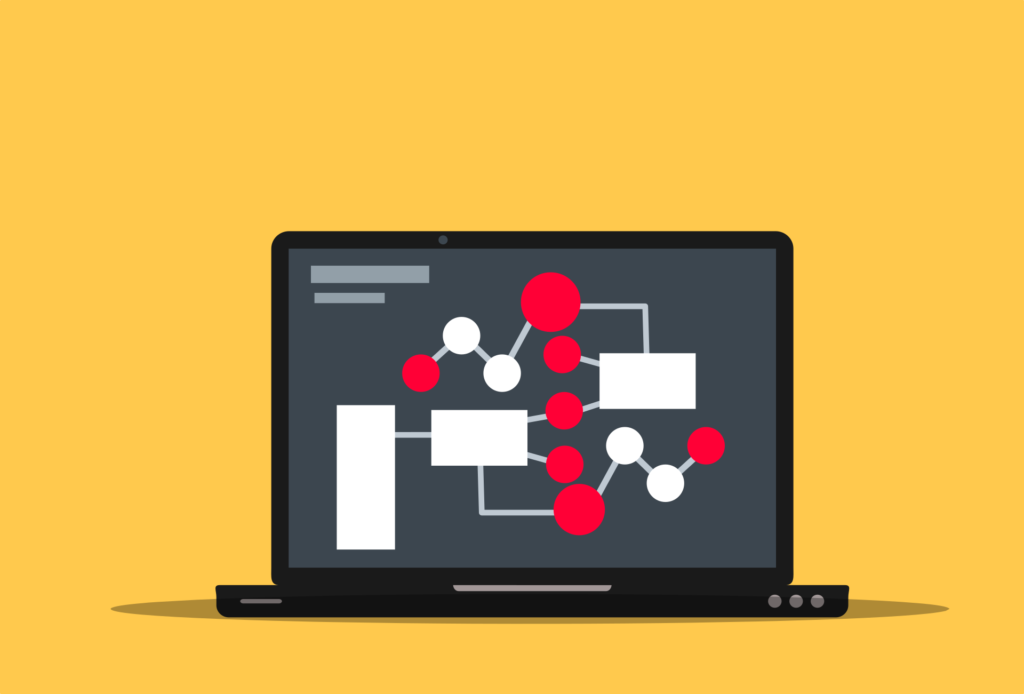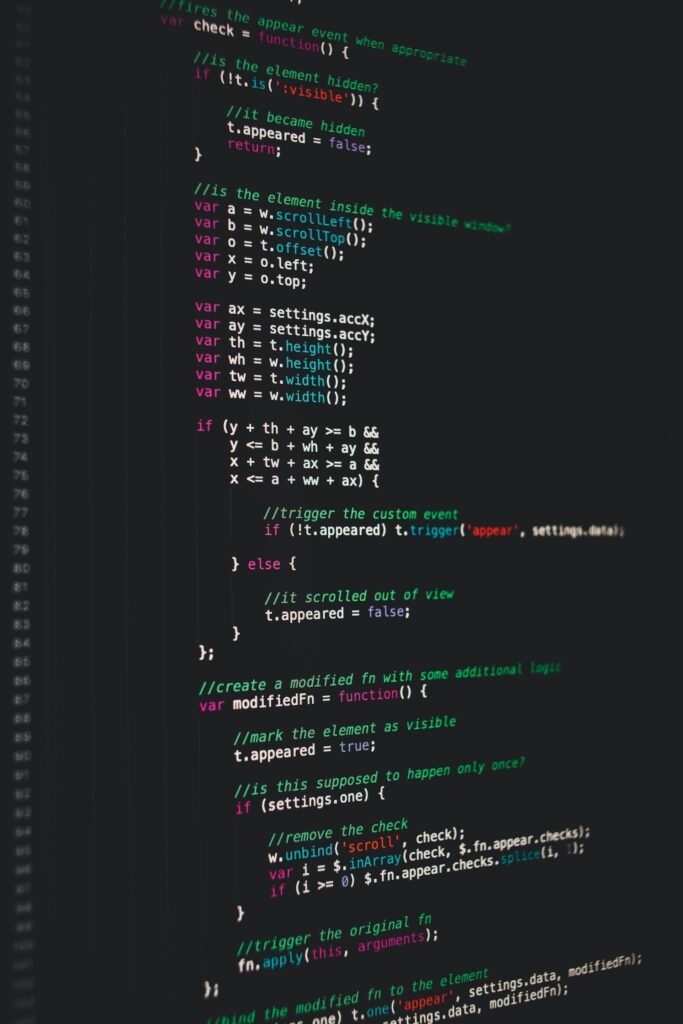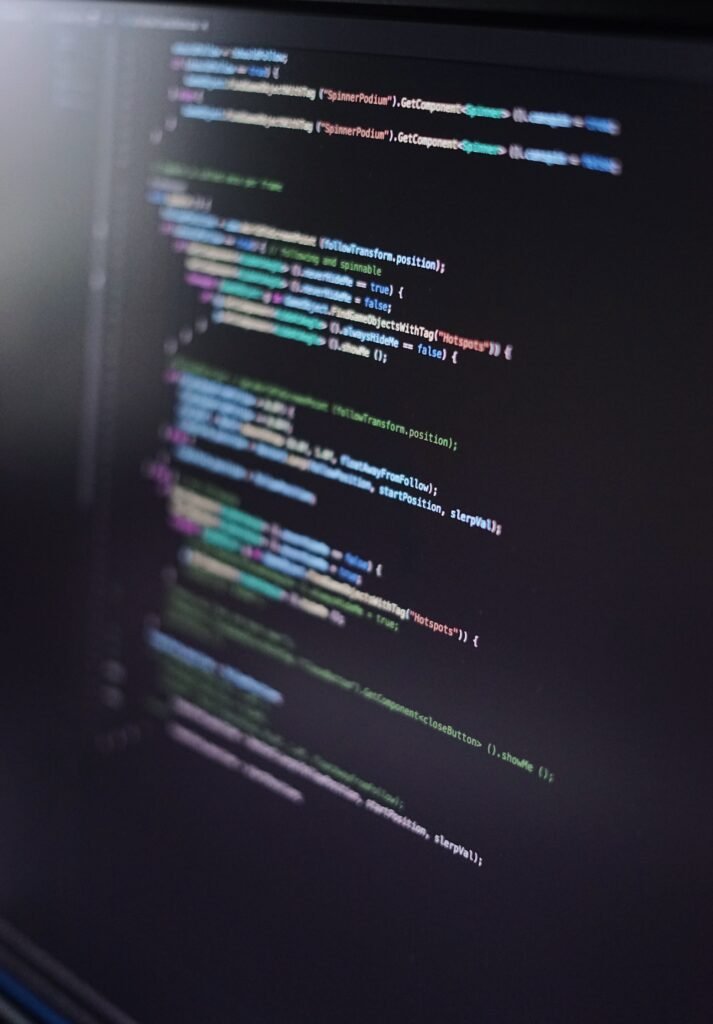What is r programming language
For statistical computation and graphics, the R language provides a sophisticated programming language and software development environment. At the University of Auckland in New Zealand in the middle of the 1990s, Ross Ihaka and Robert Gentleman created the R language. An open-source programming language is the R language. This indicates that the R language’s source code is openly available to the public and that any developer may modify and share it.

A variety of statistical and graphical tools, such as time-series analysis, clustering, linear and nonlinear modeling, and more are available to developers using the R language. A large and vibrant user and software developer community exists for the R language. We continually work to improve the R language and provide its developers with a huge selection of packages and extensions to add new features.
In collaboration with other programming languages like Python and SQL, the R language is frequently utilized. Additionally, it is scalable to a wide range of software platform scenarios. For activities like data analysis, machine learning, and predictive modeling, the R language is commonly used in academia, research, and business.
R is a strong and adaptable programming language. It is becoming a preferred option for statistical computation and data analysis among software developers.
Why R language
For many different kinds of reasons, the R programming language has grown in popularity as a tool for statistical computation and data analysis.
Anyone who wishes to utilize R language may readily get it from any location in the globe because it is a free and open-source programming language. A large and vibrant developer community has emerged around the R programming language, and they have produced a wide range of packages and extensions to provide R programming with more programming development features.
- Statistical Analysis – The R programming language was created specifically for statistical analysis. Therefore, it is an effective tool for activities like data exploration, visualization, and modeling. Linear and nonlinear modeling, time-series analysis, clustering, and other statistical and graphical methods are all available in the R language.
- Flexibility – The R language is incredibly versatile and user-friendly. It is flexible to the requirements of the particular software developer. The R programming language may be used in a wide range of software contexts and is frequently combined with other languages like Python and SQL.
- Large and Active Community – The R language has a huge and active user and developer community that actively supports it through user organizations, conferences, and online forums. The community also offers a variety of other resources, such as tutorials, example code, and documentation for the R language.
R language full form
In the R programming language, the “R” refers for “Ross Ihaka” and “Robert Gentleman,” the two men that created the language. As an open-source version of the S programming language, he initially made R available in 1995. Since then, the R programming language has grown in popularity for use in statistical computation and data analysis.
R language advantage and disadvantage
Benefits of the R language.
- Strong and versatile – The R programming language is a strong and adaptable one. It has a wide range of applications, including machine learning, statistical modeling, and data exploration and visualization.
- Open-source – Any software developer is free to use the R language because it is open-source. This makes it available to a wide and varied user base. You have access to a wide range of materials for the R language, including packages, guides, and discussion boards online.
- Large Community – The R language has a significant and vibrant user and developer community. Through online forums, user groups, and conferences, it supports in the development of the R language and offers support for it.
- Statistical Analysis – The R language was created specifically for calculations involving statistical analysis. Therefore, it is an effective tool for activities like data exploration, visualization, and modeling.
- Integration – The R programming language is readily integrated with other scripting languages, like Python and SQL. This makes it a versatile choice for activities involving data analysis.
R’s drawbacks as a language.
- Steep learning curve – The learning curve for the R language is steep. Particularly for people who lack programming or statistical analytic experience. The R language’s fundamental grammar might be complicated, therefore learning how to program in it may take a developer or user a lot of time and effort.
- Memory Limitations – When working with massive dataset storage, R may experience memory limitations. Which may cause your system to crash or for R programming to operate less quickly.
- Lack of standard – There are several places where the R language is not standardized. Such as package arrangement and naming style. Some of the packages may be difficult to use or navigate as a result.
- Limited big data support – despite the fact that R is a powerful programming language for statistical analysis. The greatest option for managing huge programming data might not be this one. Whereas other solutions, such as Hadoop and Spark, would be more appropriate for certain jobs.
R language characteristics
Some of the main characteristics of the R language are listed here.
- Open-source – The R language is entirely open-source. This implies anyone, even software developers, may obtain it for free. Additionally, anybody may alter it and share it elsewhere.
- Statistical Analysis – The R programming language was created specifically for statistical analysis. Consequently, it is a strong programming tool for activities like data exploration, visualization, and modeling. Linear and non-linear modeling, time-series analysis, clustering, and other statistical and graphical methods are all available in the R language.
- Flexibility – The R programming language offers a great deal of flexibility. Which the developer can alter to meet certain demands. It is compatible to a wide range of software environments. Additionally, it is frequently used with other programming languages like Python and SQL.
- Large Community – The R language has a huge and vibrant user and developer community that actively participates in its development and offers assistance through user clubs, conferences, and online forums.
- Packages – For software developers, the R language offers a large selection of packages and extensions. For activities like data manipulation, machine learning, and visualization, which bring further capabilities.
- Graphics – R offers powerful graphics capabilities. They make it possible to produce excellent graphs and visualizations for the analysis and presentation of data.
- Command-Line Interface – The R language was designed primarily for command-line use. Consequently, users communicate with the language by typing instructions. For some jobs, it may be more effective than a graphical user interface.
R download
You must perform the following actions in order to download the R language.
- First, visit the R language’s official website at https://www.r-project.org.
- Next, click the “Download R” link in the page’s center.
- Choose your operating system (Windows, Mac, or Linux) on the next page.
- Choose a CRAN mirror from the list of available mirrors (a place from where to get R).
- Here you may get the installation package that matches your operating system.
- To install the R language on your computer, open the installation file and then follow the on-screen instructions.
After installing the R language, you may enter the R console by selecting it from the Programs menu or by clicking the R language icon on your desktop. From there, you may start performing statistical analysis and data visualization using the R language.
Rstudio download
You primarily need to follow these instructions in order to download rstudio onto your PC.
- First, go to https://www.rstudio.com/products/rstudio/download/, which is the official rstudio website.
- Select the link for your operating system (Windows, Mac, or Linux) under the “Installers for supported platforms” section by scrolling down.
- Download the installation file that is right for your operating system.
- Now file download to install rstudio on your computer, open the installation file and follow the wizard’s instructions.
Once rstudio has been installed on your PC. Therefore, you may open it from the Programs menu or by selecting the rstudio icon on your desktop. When using R, rstudio offers a user-friendly interface with capabilities for debugging, code completion, and syntax highlighting. From there, you may begin issuing commands, developing R programming code, and performing data analysis.
Download r for windows
You primarily need to follow these steps in order to download R language for Windows.
- First, visit the https://www.r-project.org/ official R website.
- Select the “Download R” link in the page’s center.
- Select the directory’s “Base” subsection.
- Click the link to the most recent release of the R programming language for Windows (for instance, “Download R 4.1.0 for Windows”).
- At the top of the page, select the “Install R for the first time” link.
- Select the link that says “Download R for Windows” at the very top of the page.
- Select the link that says “Download R 4.1.0 for Windows” (or the link for the most recent version).
- Select “Install R for the first time” and then select “Download R 4.1.0 for Windows” (or the equivalent link for the most recent version).
- By selecting the link for your Windows version (32-bit or 64-bit), you may download R’s “base” installation.
- To install R on your computer, open the installation file you downloaded and follow the on-screen instructions.
R language programs
Here are some examples of R language programs.
Welcome to mit academys program – The ” Welcome to mit academys ” program can be written in R with the following code.
# print “Welcome to mit academys!” to the console
print (“Welcome to mit academys!”)























